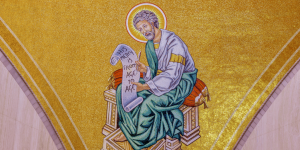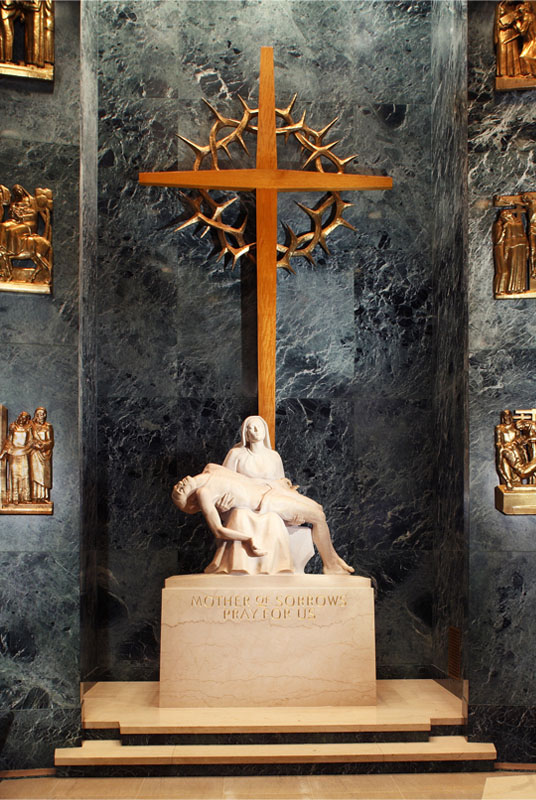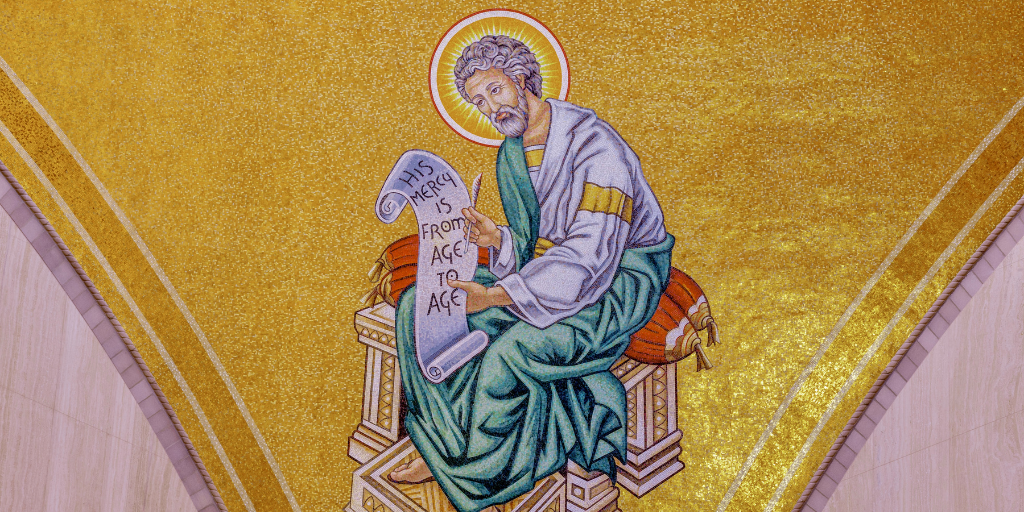
Every October, the Church celebrates many saints with feast days and memorials, honoring their unique contributions to the faith and reflecting on their examples of service. From the woman who wrote Story of a Soul to Luke the Apostle, they each have something to teach us. Read about four saints celebrated in October and why you should know their stories.
October 1 – Saint Thérèse of Lisieux
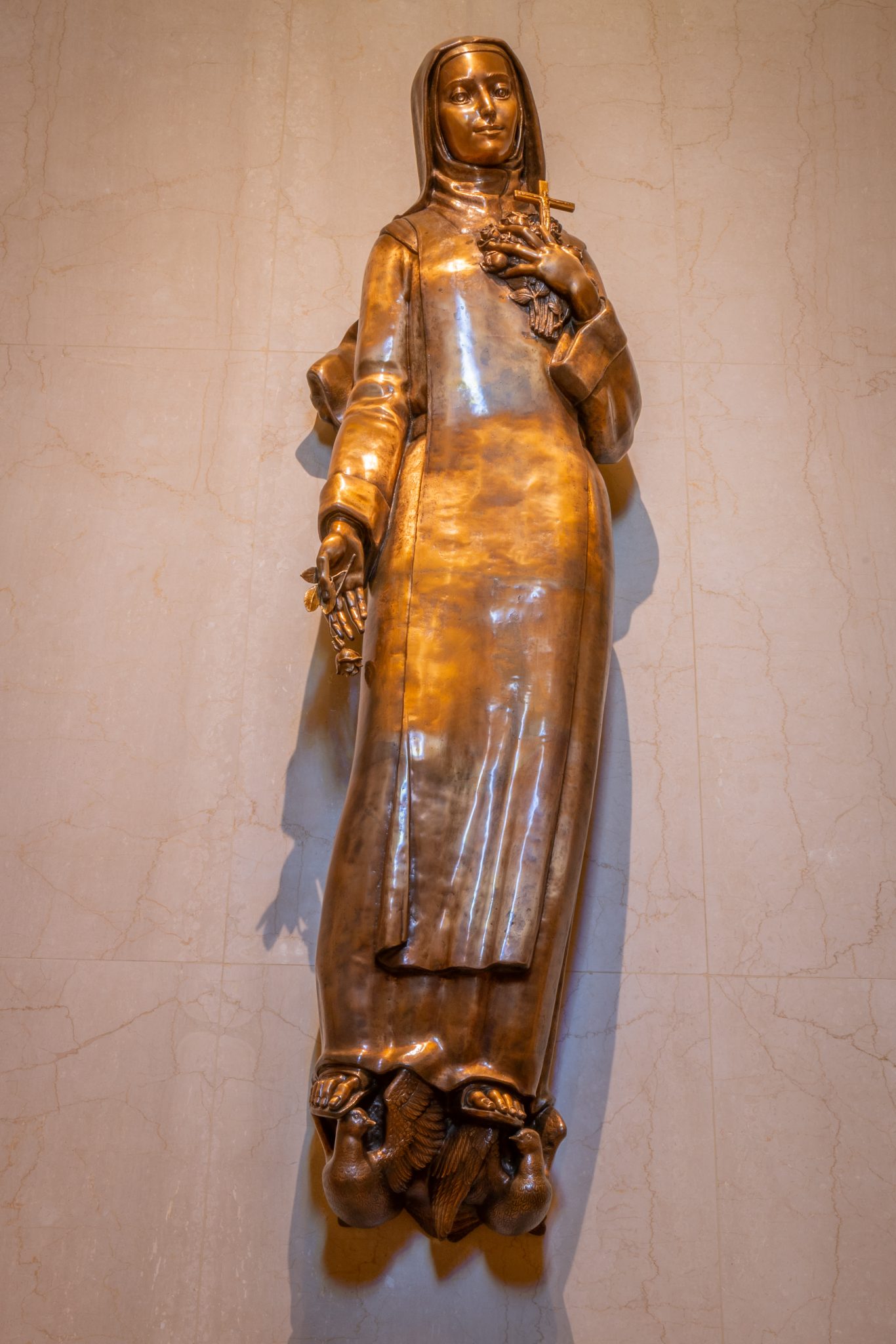
Saint Thérèse was born to a watchmaker in the rural town of Alençon, France in 1873, and joined a Carmelite convent in Lisieux with her sisters at age 15. During her time at the convent, she wrote a spiritual guidebook called Story of a Soul, describing the path to sanctity and offering practical guidelines for holy living, with reflections from her own experience. With millions of copies printed in over 38 languages, this book is now one of the top bestsellers of all time. According to her book, the path to sanctity is facilitated through a constant awareness of God’s presence in all that one does – something she called “the Little Way.” Thérèse carried this character of “littleness” into her own self-perception, viewing herself as an ordinary “Little Flower,” but treasured by God.
In the face of severe physical suffering, Thérèse displayed faithfulness and devotion that was far from ordinary. Thérèse was plagued by tuberculosis, and the majority of Story of a Soul was written in the last eighteen months of her life, a time of immense pain for her. She died on September 30, 1897, and was canonized on May 17, 1925. This year marks the 100th anniversary of her canonization.
October 4 – St. Francis of Assisi
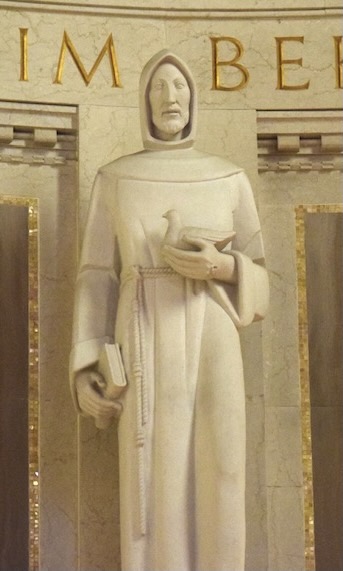
As the founder of the Franciscan order, St. Francis is beloved for his selfless ministry, heart for the poor, and care for the natural world.
Born into wealth, Francis lived an affluent lifestyle for many years until a chance meeting with a leper stirred his heart. Overwhelmed with pity for the man’s misfortune, Francis gave the leper his coat and kissed him. Not long afterward, Francis was praying in a broken-down chapel when heard a voice say: “Francis, repair my church.” In response, he began repairs on the building, but soon realized the command referred to the church body – not just the chapel. He subsequently sold all he had and began ministering to the poor.
Though many mocked him for his new lifestyle, others saw the virtue of it and joined him in his ministry, leading to the founding of the Order of the Friars Minor. Their practices included living in poverty, caring for nature and animals, loving the poor, and drawing nearer to Christ through suffering. The order was officially recognized by the pope in 1210.
October 18 – St. Luke the Evangelist
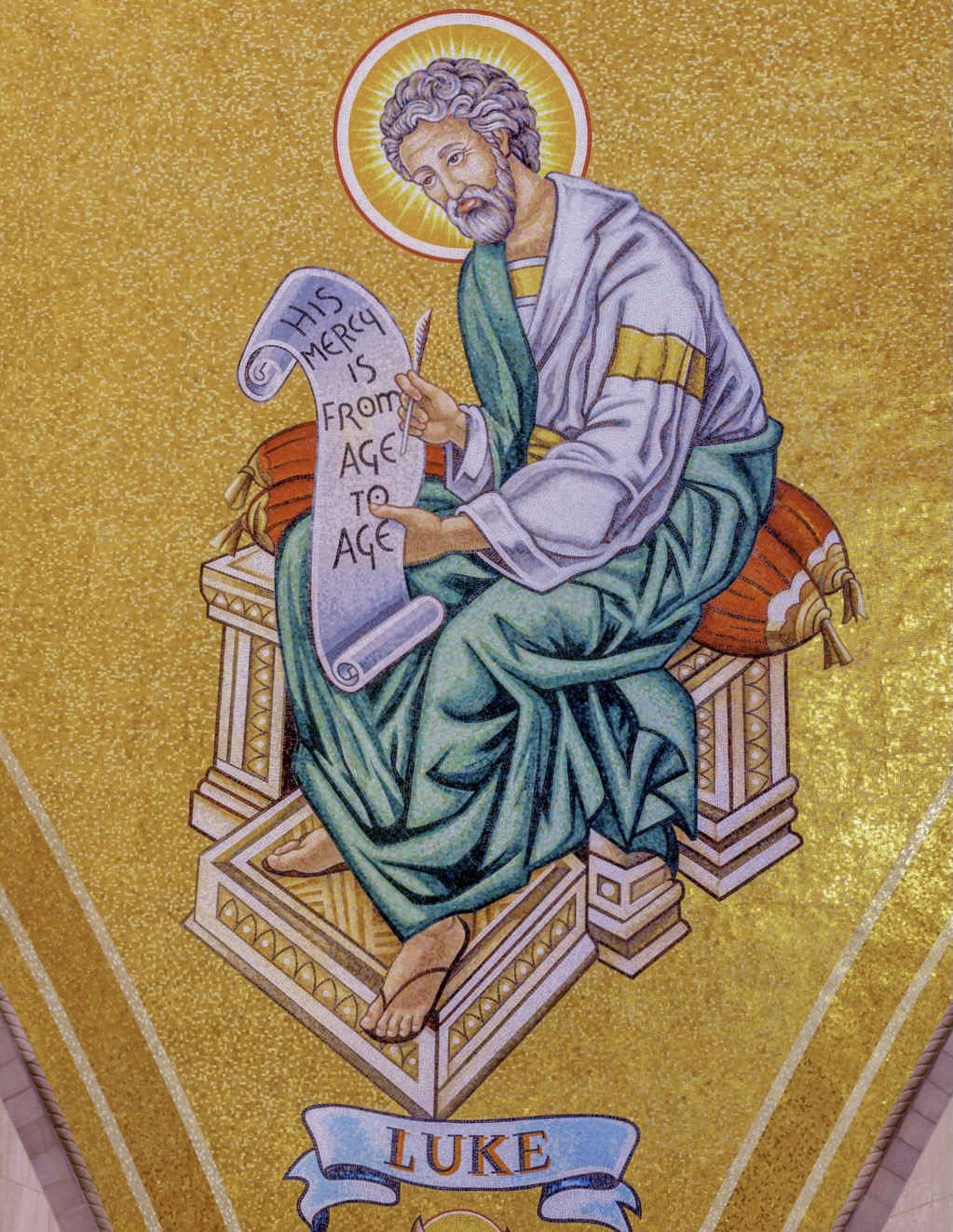
Little is known about the life of St. Luke the Evangelist, but as the author of the Gospel of Luke and the Acts of the Apostles, he reveals to us intimate details of both the life of Christ and the early Church. In addition to providing the most well-known account of the Nativity, his Gospel is also the lone source of several of the other famous stories in the life of Christ: the prodigal son; the good Samaritan; the story of Zacchaeus the tax collector; and the account of two disciples meeting the resurrected Christ on the road to Emmaus.
Luke’s Gospel narrative paints the details of Christ’s ministry with brilliant precision, giving readers a vivid sense of what Christ’s life was like. Additionally, the Acts of the Apostles is the definitive account of the early Church. From it we have the accounts of the martyrdom of St. Stephen, St. Peter’s miraculous deliverance from prison, the missionary journeys of St. Paul, and a host of others. St. Luke’s contribution to the Church is significant, both in bringing Christ’s life into focus and giving us a glimpse of Christ’s vision for the Church.
October 22 – Saint John Paul II
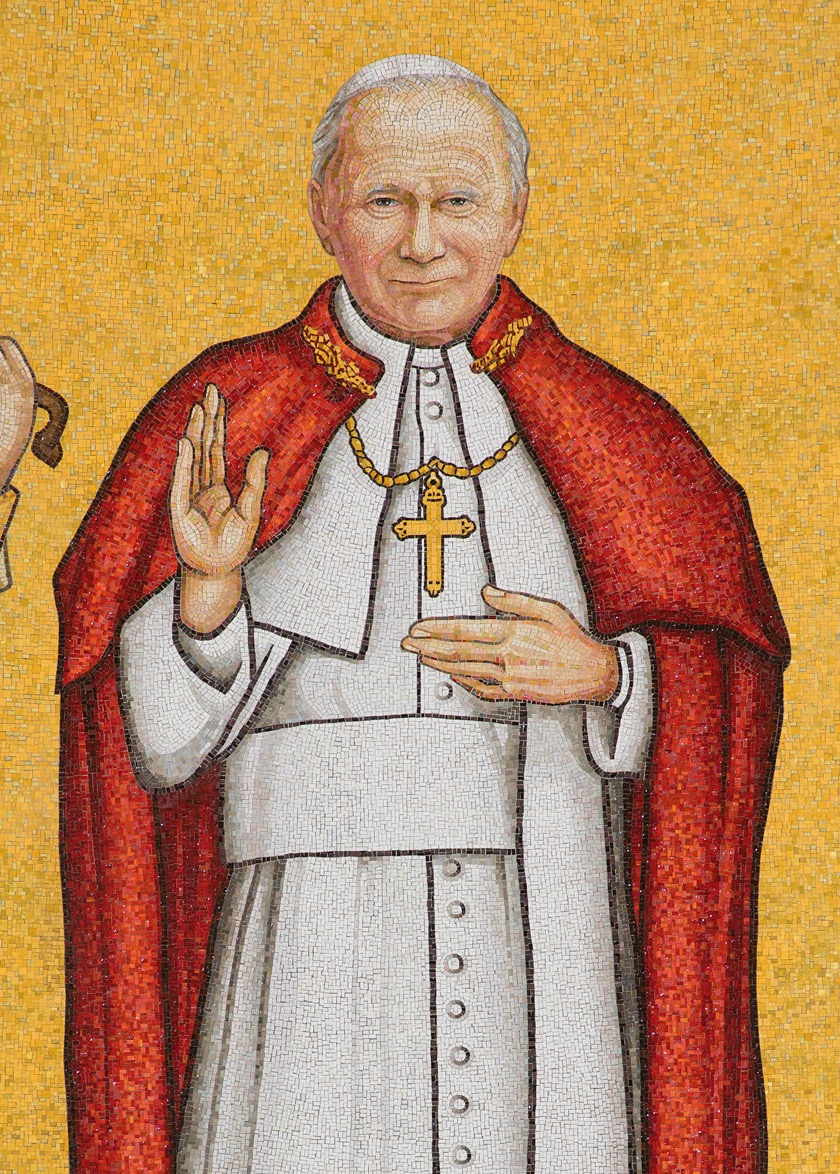
On May 18, 1920, Karol Józef Wojtyła was born in Wadowice, Poland. After his university studies were brought to a halt by the Nazi occupation, he began studying at the underground seminary and eventually was ordained in 1946. In 1948, he earned his doctorate in theology, and in the years that followed became a professor of moral theology and ethics in the major seminary of Krakow.
On October 22, 1978, Wojtyła was inaugurated as Pope John Paul II, a role he would serve for nearly three decades. Prior to Saint John Paul II’s papacy, previous popes scarcely travelled outside the confines of the Vatican City State, but he made it his mission to visit the faithful in all parts of the world. He spread the Gospel to millions of people in over 120 countries, earning him the moniker “the Pilgrim Pope.” Through his tireless fight for justice and solidarity, he inspired hope among the politically oppressed and advocated for the end of the Cold War. He also survived an assassination attempt, making a miraculous recovery after being pierced by two bullets in St. Peter’s Square. Additionally, he became the first reigning pope to visit the National Shrine on October 7, 1979.
Not only did Pope John Paul II meet more individuals than any other pope, but his Wednesday General Audiences were attended by over 17.6 million people during his papacy. He was canonized by Pope Francis on April 27, 2014.
Sources:
Biography of John Paul II, The Vatican.
Butler’s Lives of Saints, ed. Bernard Bangley.
Rohling, Geraldine M., PhD, MAEd. The Basilica of the National Shrine of the Immaculate Conception: Guide and Tour Book. Washington, D.C.: Basilica of the National Shrine of the Immaculate Conception, 2018.
“St. Thérèse of Lisieux,” Britannica.
“The Life of Saint Thérèse of Lisieux,” The Vatican.
The Way of Saints, Dr. Tom Cowan.
Tucker, Gregory W. (2000). America’s Church: The Basilica of the National Shrine of the Immaculate Conception. Huntington, IN: Our Sunday Visitor. Copyright Basilica of the National Shrine of the Immaculate Conception.

